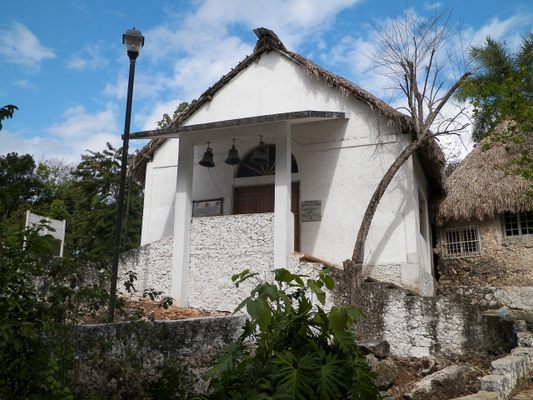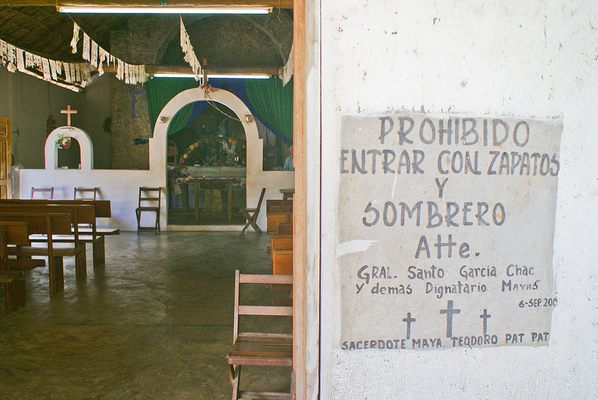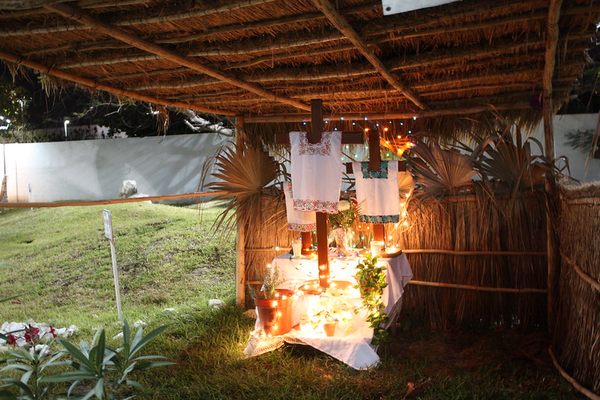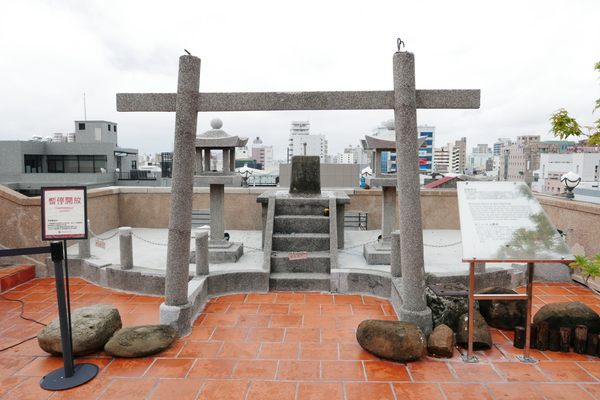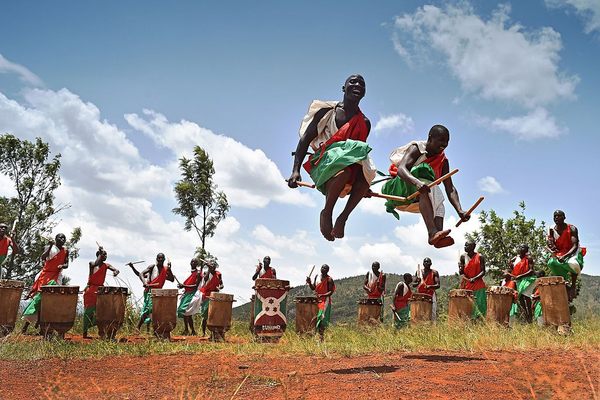About
The Caste War of Yucatán was an ethnic conflict that took place in the Yucatán Peninsula between the mid-19th and early 20th centuries. Even as of the 2020s, this area has one of the highest percentages of Indigenous people in Mexico, and the ratio was been even higher at the time of the war.
Given the remoteness of the peninsula compared to Mexico City and other seats of Colonial Spanish power, the Yucatec Maya were relatively isolated from the rest of New Spain. But that changed after Mexico gained its independence in 1821, as many Spanish-speaking migrants with European or mixed ancestry moved to the Yucatán for its economic opportunities, such as the sisal fiber industry. Yucatec Maya people were then employed in exploitative conditions in factories and haciendas, while the government consciously tried to erase their language and traditions.
The establishment of the Maya town of Chan Santa Cruz, now Felipe Carrillo Puerto, was a crucial point in the Caste War conflict, which had begun years earlier with Maya forces supplied with weapons by the British Empire. Chan Santa Cruz was named after the Holy Cross, with the "chan" being a term of endearment in the Yucatec Maya language, often meaning "small" or "dear."
The Holy Cross of this town was an example of the cultural syncretism between European Catholicism and the traditional Maya religion. Since the Maya worshipped trees such as the mighty ceiba, the wood connection allowed priests to introduce the cross as a Christian stand-in. Thus, even the radically anti-colonial rebel leaders saw the vision of a talking cross as a sign that they were fighting for the right cause, as it would often speak to them in the voice of God to guide the fight.
The sanctuary built for this Talking Cross still stands, and can now be visited in the town named after the Governor that assisted in reconciliation efforts after the Caste War. Followers of the Talking Cross called themselves the Cruzo'ob or Cruzob, a mixture of cruz, the Spanish word for cross, and the Maya suffix "oob". While the Maya did not win the war, Chan Santa Cruz continued to grow and become one of Mexico's main Indigenous populations, while the numbers of cruzo'ob believers kept steady before a slow decline that continues to this day.
While Catholicism is the majority religion in modern-day Yucatán, the presence of the typically Yucatec altar remains as a legacy of the cruzo'ob. In the peninsula, crosses will often come in trios, painted in either blue or green (a practice shared across many Maya communities, including the Chiapas highlands) and dressed with hipiles. The hipil is the white, embroidered blouse of Maya women. Lit candles or Christmas lights will often complete the altar.
Related Tags
Yucatan Family Adventure: Meteors, Pyramids & Maya Legends
Explore Maya temples and learn about the asteroid that wiped out the dinosaurs.
Book NowPublished
February 28, 2023
